Buy this bird art Blue-and-yellow macaw (Ara ararauna) in close-up by Rini Kools on canvas, ArtFrame, poster and wallpaper, printed on demand in high quality.
About "Blue-and-yellow macaw (Ara ararauna) in close-up"
by Rini Kools
About the artwork
Blue-and-yellow macaws grow about 80-90 centimetres long and weigh up to 900-1300 grams. They are characterised by their colourful plumage with blue and olive-yellow wings and tail and a green tip on the macaw's head. The throat and breast is coloured olive yellow. Their beak is black and very powerful and capable of cracking large nuts. There is hardly any sexual dimorphism between the male and female. The male is often slightly more robust in his build and usually has a slightly broader bill.
This macaw species is found in Bolivia, Colombia, Brazil, Ecuador, French Guiana, Guyana, Panama, Paraguay, Peru, Suriname and Venezuela. Its habitat consists of both dry and moist tropical and subtropical forests. It is also found on savannas. It is easiest to find near water.
The menu of this bird includes various fruits, nuts such as the almond and palm nuts, young buds of plants and trees, seeds, tree bark and nectar. Even while eating, the animal usually sits in the tops of trees, mostly in pairs or groups. Its powerful beak is used to crack hard nuts. In doing so, the animal holds the nut in its paw. Near river banks, the animals are sometimes seen eating clay. On the one hand, the clay provides additional minerals, and on the other, clay helps neutralise toxins in the seeds they eat.
Males and females form a couple for life. The parrots nest in tree cavities. The breeding season is between the months of December to May, depending on the nature of the habitat.

About Rini Kools
Photographer who specializes in birds, mammals, landscapes, professional bike racing and portraits. I preferably use my Nikon cameras D850 en D750... Read more…
 Germany
Germany Ordered in May 2021
Ordered in May 2021
 Germany
Germany Ordered in May 2020
Ordered in May 2020
 Netherlands
Netherlands Ordered in February 2018
Ordered in February 2018
 Netherlands
Netherlands Ordered in May 2019
Ordered in May 2019
 Germany
Germany Ordered in November 2023
Ordered in November 2023
 Netherlands
Netherlands Ordered in March 2024
Ordered in March 2024
 Netherlands
Netherlands Ordered in May 2023
Ordered in May 2023
 Germany
Germany Ordered in April 2019
Ordered in April 2019
 Netherlands
Netherlands Ordered in October 2018
Ordered in October 2018

 Germany
Germany Ordered in August 2023
Ordered in August 2023
 Germany
Germany Ordered in January 2021
Ordered in January 2021
 Netherlands
Netherlands Ordered in July 2021
Ordered in July 2021
About the material
ArtFrame™
Interchangeable Art Prints
- High-quality print
- Easily interchangeable
- Acoustic function
- Large sizes available
Discover the artworks of Rini Kools
 Sleeping LionsRini Kools
Sleeping LionsRini Kools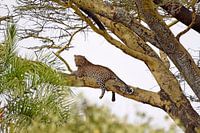 LeopardRini Kools
LeopardRini Kools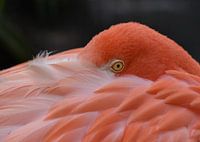 Cuban or Red FlamingoRini Kools
Cuban or Red FlamingoRini Kools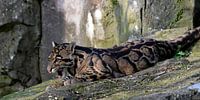 Clouded LeopardRini Kools
Clouded LeopardRini Kools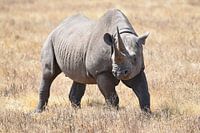 Black rhinoRini Kools
Black rhinoRini Kools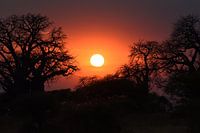 Sunset in Tarangire National Park, TanzaniaRini Kools
Sunset in Tarangire National Park, TanzaniaRini Kools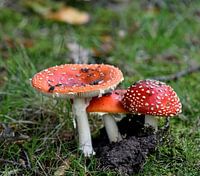 Autumn: the colourful fly agaric (Amanita muscaria)Rini Kools
Autumn: the colourful fly agaric (Amanita muscaria)Rini Kools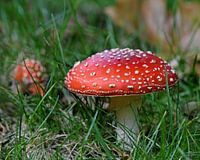 Autumn: the colourful fly agaric (Amanita muscaria)Rini Kools
Autumn: the colourful fly agaric (Amanita muscaria)Rini Kools Zeeland, the beach at Zoutelande, WalcherenRini Kools
Zeeland, the beach at Zoutelande, WalcherenRini Kools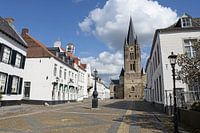 The white town of Thorn in Limburg, the NetherlandsRini Kools
The white town of Thorn in Limburg, the NetherlandsRini Kools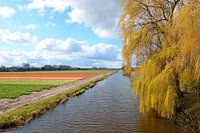 Daffodils, hyacinths and tulips in bloom in the bulb growing region of the NetherlandsRini Kools
Daffodils, hyacinths and tulips in bloom in the bulb growing region of the NetherlandsRini Kools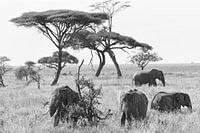 African Wildlife in black and white: Group of African elephants on the grassy plains of Serengeti NaRini Kools
African Wildlife in black and white: Group of African elephants on the grassy plains of Serengeti NaRini Kools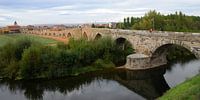 Orbigo Bridge (Puente de Órbigo), an important landmark for pilgrims on the Camino de SantiagoRini Kools
Orbigo Bridge (Puente de Órbigo), an important landmark for pilgrims on the Camino de SantiagoRini Kools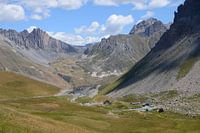 The Col du Galibier (2642 m) is a mountain pass in the French AlpsRini Kools
The Col du Galibier (2642 m) is a mountain pass in the French AlpsRini Kools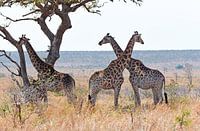 Giraffe on the savannah in Kruger National ParkRini Kools
Giraffe on the savannah in Kruger National ParkRini Kools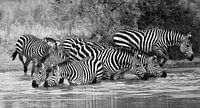 On safari in Africa: Group of zebras drinking at a waterholeRini Kools
On safari in Africa: Group of zebras drinking at a waterholeRini Kools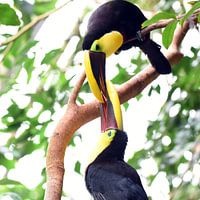 Black-billed toucan, a large toucan species from Central and South AmericaRini Kools
Black-billed toucan, a large toucan species from Central and South AmericaRini Kools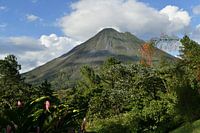 View of the Arenal volcano in Costa RicaRini Kools
View of the Arenal volcano in Costa RicaRini Kools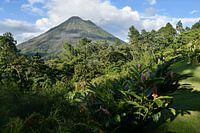 View of the Arenal volcano in Costa RicaRini Kools
View of the Arenal volcano in Costa RicaRini Kools Pair of Blue-and-yellow macaw (Ara ararauna) in close-upRini Kools
Pair of Blue-and-yellow macaw (Ara ararauna) in close-upRini Kools
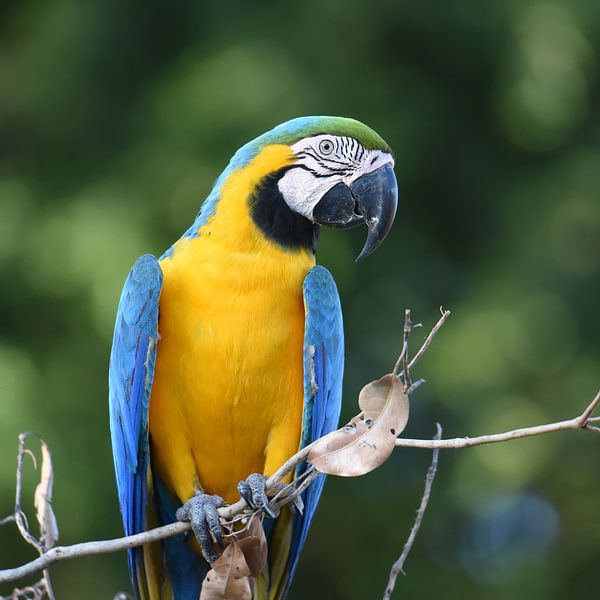
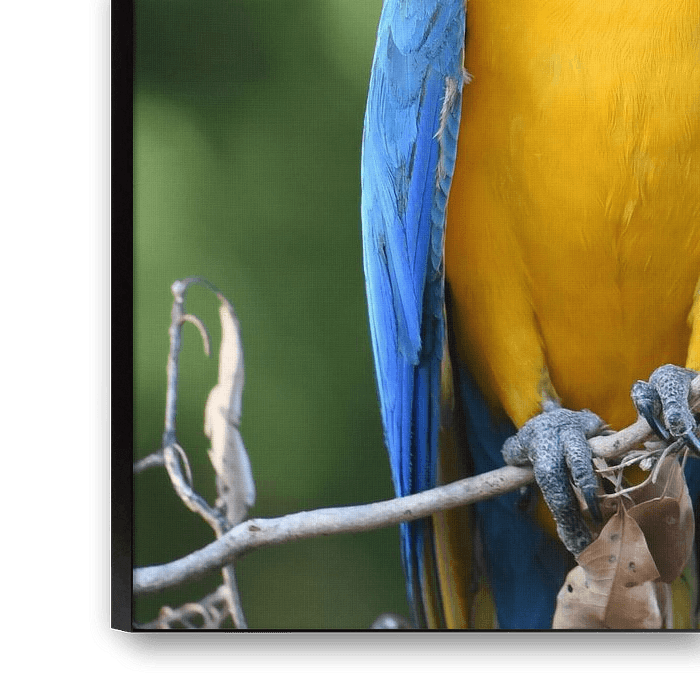





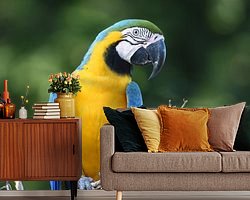





 Birds
Birds Brazil
Brazil Nature and weather
Nature and weather Parrot
Parrot Photo wallpaper
Photo wallpaper Photography
Photography Serene Peace
Serene Peace South America
South America Vibrant Colors
Vibrant Colors Waiting room
Waiting room Wildlife photography
Wildlife photography









